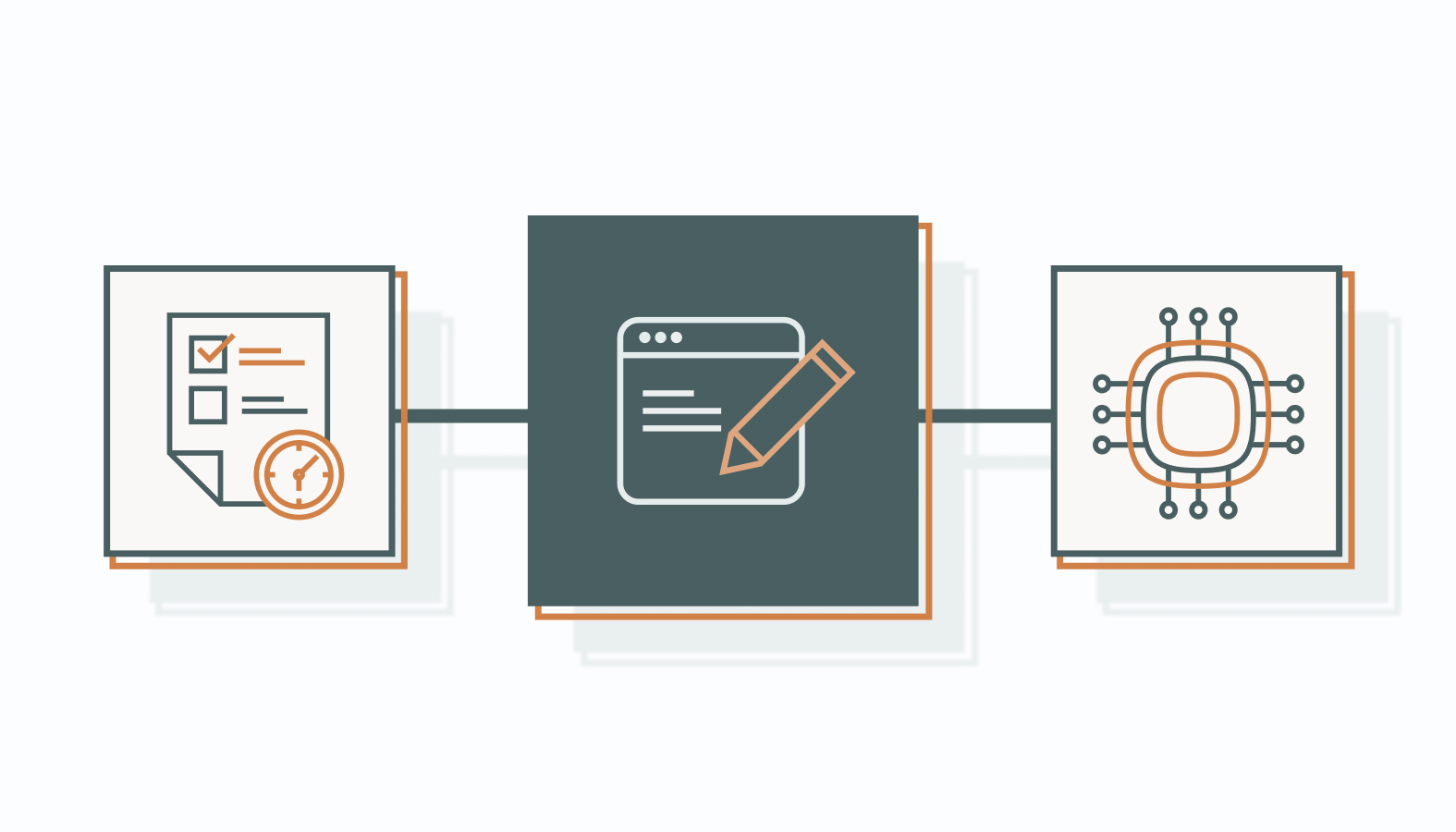Businesses today face the challenge of engaging customers across many platforms.
Enter the omnichannel content strategy—a comprehensive approach designed to create seamless and integrated customer experiences by unifying your brand’s voice. This strategy ensures every interaction, whether online or offline, reinforces your brand’s identity and values.
The importance of an omnichannel content strategy can’t be overstated. It not only enhances customer satisfaction and loyalty but also drives business growth by ensuring consistent and relevant messaging.
This article covers the essential elements and strategies to help you create an effective omnichannel content strategy. Prepare to discover the benefits of consistent messaging, customer-centric approaches, and integrated platforms—key components that will help your brand succeed in a competitive market.
Master the Essentials of a Successful Omnichannel Content Strategy
An omnichannel content strategy is essential for improving customer experience and boosting brand loyalty. It ensures your messaging resonates consistently with your audience, no matter where they encounter your brand.
Ensure Consistent Messaging Across Every Platform
Keep your messaging consistent across platforms to build trust and recognition. Set clear content guidelines that fit your core values and objectives. Use a centralized content management system to ensure all team members are on the same page.
Big brands like Apple and Nike succeed by maintaining a unified message across all channels, reinforcing their identity and values in every customer touchpoint.
Put Customers at the Heart of Your Strategy
Knowing your customers’ journeys is vital for creating content that genuinely resonates. Map out their journey to identify touchpoints where your content can make the most impact. Use data analytics to gather insights about customer behaviors and preferences.
Adapting your content to meet customer needs not only improves engagement but also builds loyalty.
Connect Your Platforms for Seamless Integration
Integrate your platforms with CRM and marketing automation tools for a smooth customer experience. Track customer interactions to inform and refine your content strategy.
This unified approach provides a consistent and personalized experience across all channels.
Tailor Content Through Personalization
Personalization is a powerful tool in an omnichannel strategy. Use data to tailor content to individual customer preferences and make it more relevant and engaging.
This strengthens customer connections, boosts customer satisfaction, and builds loyalty. Integrated systems can help track customer interactions to refine your personalization efforts.
Optimize Each Channel for Maximum Impact
Understanding each channel’s strengths and limitations maximizes content effectiveness. Tailor your content to fit the unique characteristics of each platform, whether it’s social media, email, or in-store experiences.
Regularly test and measure channel performance to ensure your content strategy delivers the desired results. Use analytics to identify what works and adjust your approach accordingly to drive engagement and achieve your business goals.
Develop a Winning Omnichannel Content Strategy
A successful omnichannel content strategy starts with clear goals and a deep understanding of your audience. Here are the steps to creating a winning strategy that engages and resonates with your target audience across all platforms.
Establishing Clear Communication Objectives
Specific, measurable objectives are key to an effective omnichannel strategy. These objectives guide your content efforts. They should align with your overall business goals and desired outcomes.
To prioritize and articulate these objectives, break them down into SMART (Specific, Measurable, Achievable, Relevant, Time-bound) content goals. This ensures that every piece of content serves a purpose and contributes to the broader strategy.
Identifying Your Target Audience
Knowing your target audience is crucial for creating relevant content. Research their demographics, interests, values, and online behaviors to tailor content that speaks directly to them. This not only boosts engagement but also fosters a deeper connection with your brand.
Developing a Cohesive Brand Message
A cohesive brand message reinforces your brand identity across all channels. To create this consistency, develop a clear brand narrative that reflects your core values and communicates a unified message.
Successful brands like Coca-Cola and Dove thrive on message consistency. This consistency not only reinforces the brand’s promise but also builds trust and makes the brand more memorable, creating lasting connections with its audience.
Choosing the Right Channels for Engagement
Selecting the most effective channels requires a thorough understanding of your audience’s behaviors and preferences. Evaluate where your target audience spends their time and how they interact with different platforms.
Use a mix of channels and adapt your content strategy to fit the unique characteristics of each platform to maximize your reach and engagement.
Essential Elements for Your Content Strategy
Creating an effective content strategy needs a combination of thoughtful planning, strategic creation, and the right technology.
Strategic Content Creation and Planning
Strategic content creation starts with setting clear goals that align with your brand messaging.
To plan effectively, consider the needs and preferences of your audience. Use techniques like audience segmentation and persona development to tailor content to different groups. Ensure a balanced mix of content types and formats—such as blogs, videos, and infographics—across channels to keep engagement high and cater to various consumption preferences.
Leveraging Technology for Optimal Performance
Technology plays a crucial role in executing an effective content strategy. Use tools and platforms that support content creation, distribution, analytics, and optimization to streamline your processes.
When selecting a tech stack, consider your organization’s specific needs, scalability, and integration capabilities. Tools like content management systems, customer relationship management software, and analytics platforms can improve your strategy by providing insights and automating processes.
They not only improve content performance but also allow you to adapt quickly to changing market dynamics, ensuring your strategy remains agile and effective.
Top Strategies for Successful Omnichannel Implementation
Let’s explore key strategies that ensure your omnichannel approach is effective and impactful.
Engaging Customers in Real Time
Real-time engagement creates dynamic and interactive customer experiences. Techniques such as live chats, push notifications, and social media interactions allow businesses to connect with customers instantly.
Using data and analytics, businesses can personalize interactions, anticipate needs, and strengthen connections customer loyalty.
Efficient Resource Management and Allocation
Efficiently managing and allocating resources supports an omnichannel strategy. It involves optimizing budget, personnel, and technology to ensure all channels work smoothly.
Focus on high-impact initiatives that align with business goals. Improve efficiency through project management and teamwork. By doing so, businesses can ensure their omnichannel efforts are not only well-coordinated but also drive meaningful results across all platforms.
What’s Next for Omnichannel Content Strategy
The future of omnichannel strategies is being shaped by emerging digital trends. Stay ahead of these changes to stay competitive.
Embracing Technological Innovations
Cutting-edge technologies like artificial intelligence (AI), augmented reality (AR), and machine learning are transforming omnichannel content strategies. AI automates content creation and personalizes recommendations, while AR creates interactive experiences.
Integrating these technologies into existing strategies can significantly enhance customer experiences and streamline operations. For example, AI-driven chatbots improve customer service by providing instant responses, and machine learning algorithms can analyze vast data to predict trends and optimize content delivery.
Understanding Changes in Consumer Behavior
Recent shifts in consumer behavior, such as the rise in mobile use and the demand for instant gratification, have implications for content strategy. Consumers now expect fast, seamless interactions and personalized experiences across all devices.
To meet these changing expectations, businesses should focus on mobile-first content and user-friendly interfaces. Incorporate quick-loading visuals and concise messaging for on-the-go users. Use analytics to understand and anticipate consumer needs and keep content relevant and impactful.
Combining Automation With Personalization
Automation streamlines content delivery and interactions, but it must be balanced with personalization for engagement. Automation tools can handle repetitive tasks, freeing up resources to focus on creating personalized experiences.
For instance, tools like CRM systems can collect and analyze data to deliver customized content based on individual preferences. By combining automation with personalization, businesses can improve customer satisfaction and loyalty, offering experiences that are both efficient and tailored to individual needs.
Adapting and Thriving With Omnichannel Content Strategies
As we’ve discussed, a well-planned omnichannel content strategy helps create a cohesive and engaging brand presence across all customer touchpoints. By aligning your messaging, using technology, and understanding your audience, you set the foundation for stronger customer relationships and brand loyalty.
As the digital landscape evolves, it’s important to implement these strategies and stay updated with the latest trends. Continuous adaptation ensures your brand remains relevant and impactful in a competitive market.
If you’re ready to refine your approach or explore new opportunities in omnichannel content strategy, we’re here to help. Schedule a candid conversation with one of our experts, and let’s discuss how you can improve customer experiences and drive success. No strings attached—just a friendly chat to explore possibilities.









